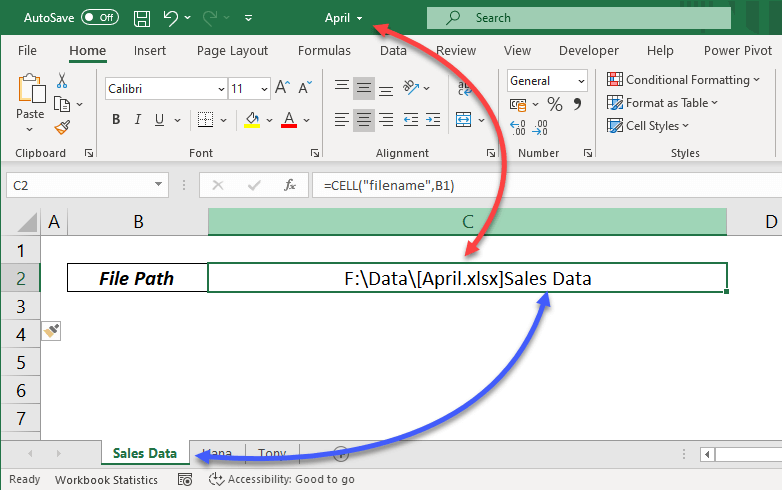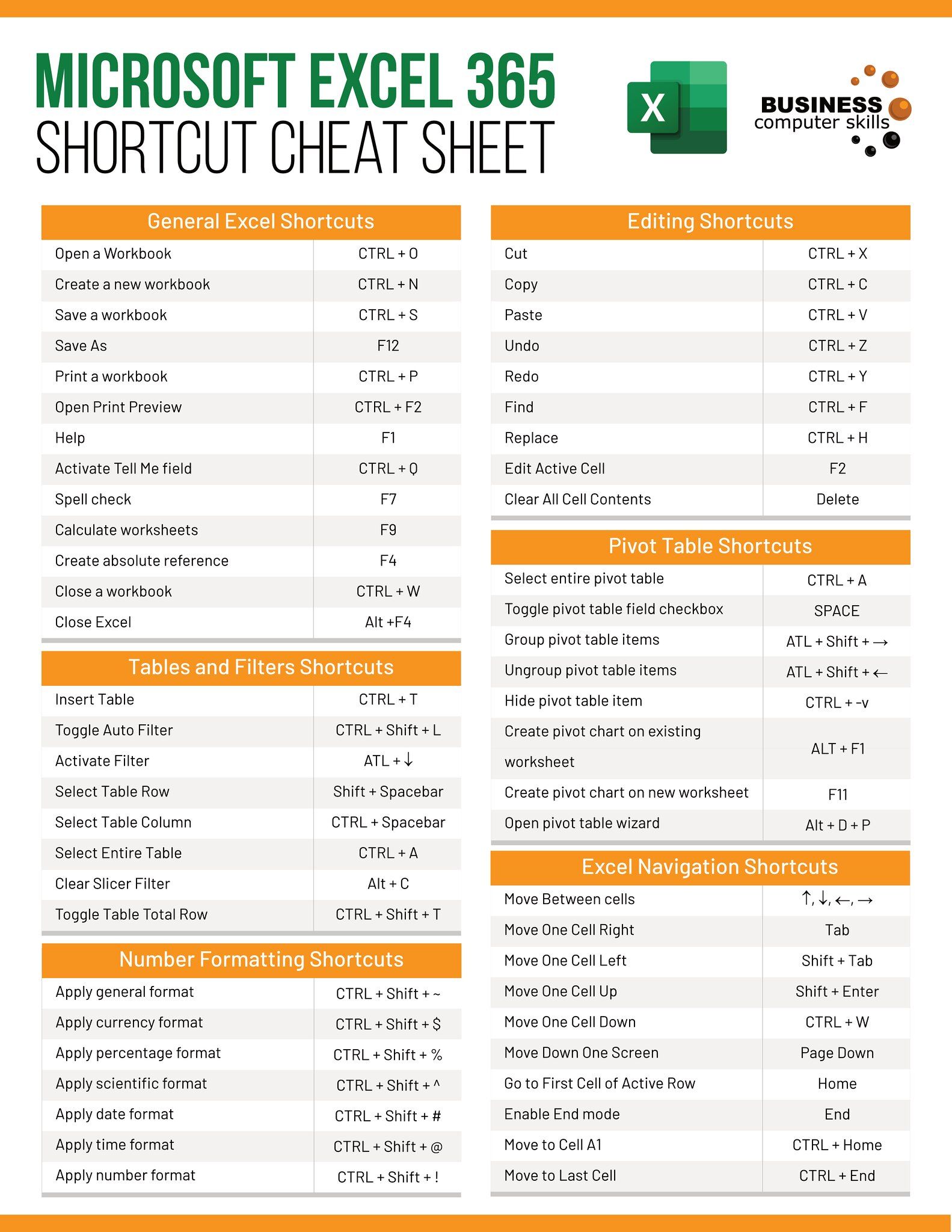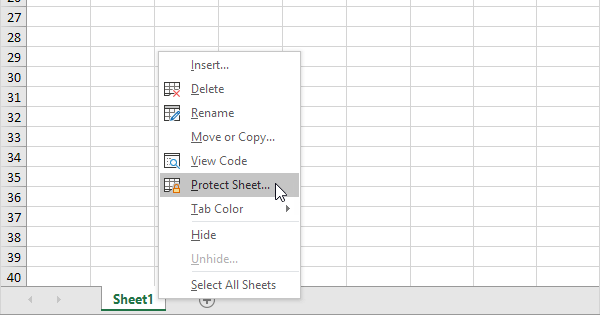7 Ways to Securely Bury Money and Documents

Burying valuables like money and important documents has been a method for safeguarding assets since ancient times. Whether you're preparing for unexpected scenarios, or simply need a secure place away from prying eyes, burying your valuables can be an effective method if done correctly. Here, we'll outline the seven key ways to secure these items:
1. Selecting the Right Location

The choice of location plays a crucial role in the security of your buried valuables:
- Privacy: Choose a location on your property where you can work without being observed.
- Accessibility: Ensure you can easily retrieve your items later.
- Legal Considerations: Avoid public or government land to prevent legal issues.
- Environmental Factors: Consider water drainage, root growth, and natural disasters.
2. Using a Buried Safe or Container

Choosing the right container is paramount for protecting your valuables from elements like moisture, pests, and corrosion:
- Material: Stainless steel or PVC are good options for durability.
- Sealing: Use silicone or epoxy for a water-tight seal.
- Size: Consider the size of the items to be buried, and ensure the container can withstand soil pressure.
3. Camouflaging Your Burial Site

To keep your valuables hidden:
- Blend with Nature: Choose a site that blends naturally with the environment.
- Landscape Changes: Change the landscape minimally to avoid drawing attention.
- Disguise Markers: Use rocks, plants, or garden ornaments to mark the spot discreetly.
4. Sealing Against Moisture

Preventing water damage is essential:
- Double-Seal: Place documents in waterproof bags before sealing in the container.
- Desiccant: Include silica gel to absorb moisture.
- Location: Avoid areas prone to flooding or high water tables.
5. Mapping Your Burial Site

To ensure you can retrieve your items:
- Detailed Map: Create a map with precise measurements, distances, and landmarks.
- Confidential: Keep the map secure, ideally in a safe or encrypted digital file.
- Cryptic Notes: Use code words or obscure references if possible.
✅ Note: Ensure you leave multiple copies of this map in various secure locations to avoid loss.
6. Preparing for Long-Term Retrieval

Burying items is not just about hiding them; it’s also about planning for retrieval:
- Durability: Items should last for many years underground without degrading.
- Visual Indicators: Consider placing a non-obvious marker at the top of the burial site.
- Permission and Notification: Inform a trusted person of the burial location, but ensure they understand the confidentiality of this information.
7. Maintenance and Periodic Checks

Check your buried valuables periodically to:
- Inspect for Damage: Make sure moisture hasn’t penetrated or pests haven’t reached your items.
- Ensure Security: Confirm that your site remains concealed and secure.
- Update Location if Necessary: Changes in landscape might require relocating your burial site.
In wrapping up, burying money and documents can be an effective security strategy if done with precision. By choosing the right location, using appropriate containers, camouflaging the site, protecting against moisture, mapping your site, planning for retrieval, and maintaining the burial spot, you ensure that your valuables remain safe and accessible. Remember, the essence of this approach lies in discretion and long-term planning.
Can I use any container to bury my items?

+
While you could use any container, selecting one made from durable, weather-resistant materials like stainless steel or PVC greatly enhances the protection of your valuables against the elements.
How often should I check my buried valuables?

+
It’s advisable to check your buried valuables every couple of years or after significant environmental changes like flooding or landscaping work.
Is burying valuables legal?

+
It’s legal on private property you own. Ensure you’re not violating any local ordinances or covenants related to landscaping changes.



